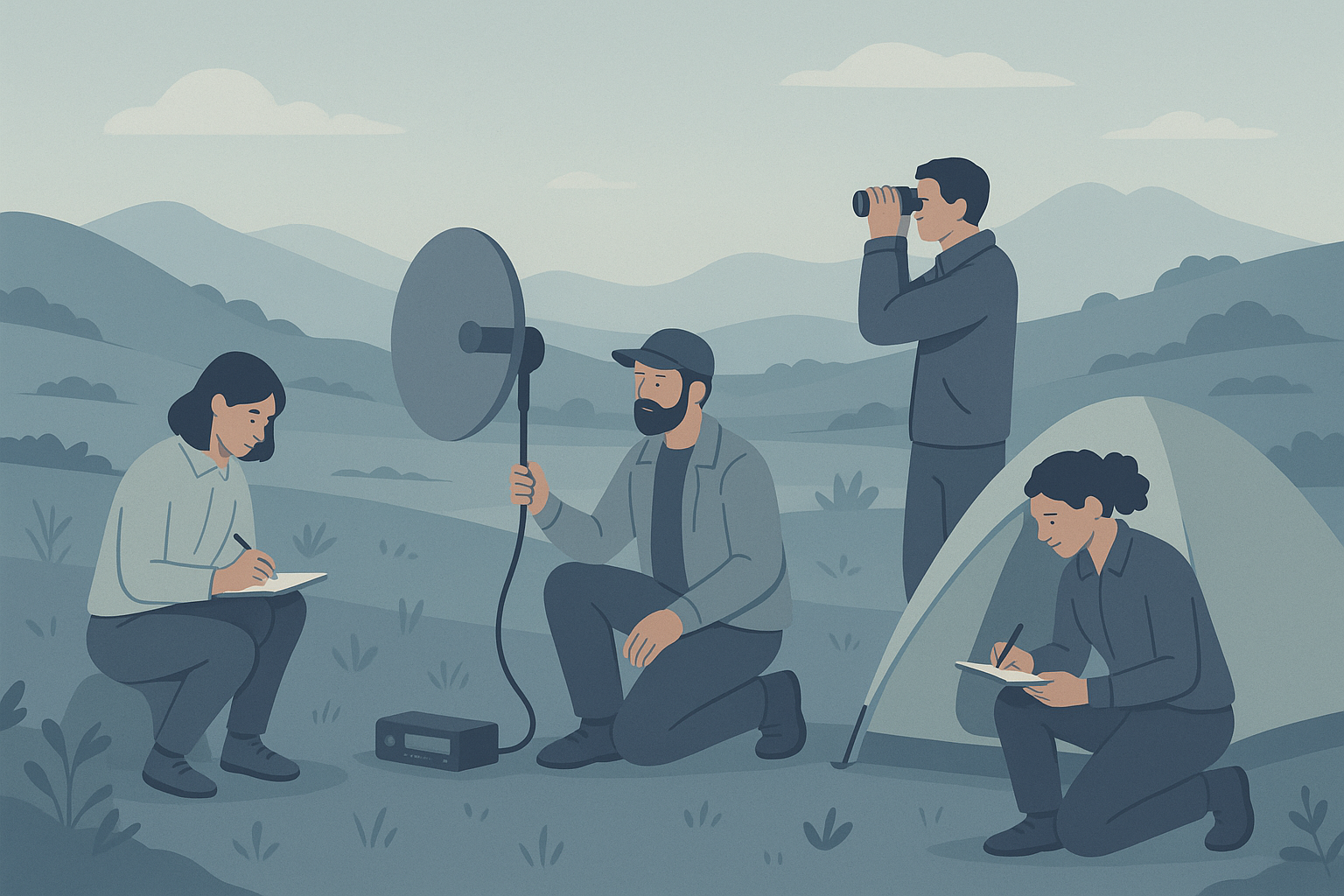TL;DR
- Effective win-loss analysis is crucial for service-based companies to understand buyer needs and make necessary refinements.
- Relying primarily on CRM data for win-loss analysis can lead to wasted time and money.
- Roadblocks to conducting win-loss analysis in-house include low participation rates, bias, and inconsistency.
- Key components of effective win-loss programs include having an interview-first methodology, scalability, automation, platform ownership, and sharing insights.
- Implementing a quality win-loss analysis program with a third-party provider can lead to valuable buyer insights, improved sales processes, higher win rates, and sustainable growth
_____________________________________________________________________________________________
Service-based companies need effective win-loss analysis. It’s the best way to tap into what your buyers truly need and to clearly see where gaps may exist. When done well, it can help you confidently make practical refinements to your offerings, pricing, messaging, and sales process.
Learning from your success—and your failure
Good coaches don’t rely on their athletes’ memories of events—they watch game film. The camera doesn’t lie, and it doesn’t forget. It’s brutally honest. Our memories can be inaccurate. They can be tainted by our own beliefs and assumptions.
If athletes, from memory, recounted a series of events that had a negative outcome, they might downplay their mistakes for fear of criticism. Instead, they’d likely point to the many other contributing factors.
Salespeople are no different.
Their memory regarding why a prospective client was lost will most likely be inaccurate or incomplete. They may report a reason (such as price) that’s unlikely to reflect poorly on them personally, when the actual reason may be something very different. When you make business decisions based on inaccurate data, you often end up wasting significant time and money. Effective win-loss programs get to the heart of the matter by drawing important insights directly from your buyer.
Making the right adjustments after gathering effective feedback leads to an improved win rate for athletes, and it can do the same for your company.
Garbage in, garbage out
What are you currently doing to find out why you win and lose?
If your company is typical, you’re probably checking your CRM for sales rep disposition categories and related notes. While that seems like a logical starting point, the information is typically wrong! Research shows that about 85% of the time, the rep’s disposition category *does not match* the reason your prospect gave for not purchasing.
There are a few common reasons for the bad information …
- Sales reps are in a hurry
- And because they’re in a hurry, they’ll grab whatever’s familiar or convenient from the disposition dropdown menu. Notes may be thin or missing completely.
- The buyer isn’t fully transparent
- Some buyers feel that it’s easier to say they don’t have any budget left than to have a long conversation about inadequate features. Sales reps often believe the secondary reasons they’re told rather than digging down to core drivers.
- There were multiple factors involved
- Buying decisions can be complicated. There are often multiple reasons why a deal is won or lost, but the drop-down typically only allows one to be selected. And sometimes the real driver is difficult to find in a list with many potential options. Because of this, it’s often convenient for them to simply choose the first reason from the list.
Are you familiar with the saying “garbage in, garbage out”? Companies that rely too heavily on their CRM for information on why they lose tend to waste time and money implementing change in the wrong areas and fighting the wrong competitors.
Roadblocks to doing win-loss analysis yourself
Some companies try to conduct their own interviews but soon find that they’re wrestling with significant challenges, such as …
- Participation: Prospects who chose a competitor typically don’t want to make time for a conversation about why they didn’t buy from you. They’re worried that candid feedback might trigger defensiveness, or that they might get pulled back into a sales conversation.
- Bias: The wording of our questions matters. When internal team members conduct interviews or assemble surveys, it’s almost impossible to eliminate bias—and bias skews results.
- Consistency: An old saying suggests that “if you want something done, give it to a ‘busy’ person.” Many companies can attest that this simply doesn’t work when it comes to running an effective win-loss program. When win-loss analysis is just one more task pushed onto an already full plate, it will almost surely take a back seat. Interview quantity, quantity, and consistency all suffer. Your visibility is impaired, and you essentially have significant blindspots as you make important strategic decisions.
Written surveys are another common resource. While surveys can help to a very limited extent, here’s why they fall short of what’s really needed:
- Low participation rates: Only 1–3% of those invited actually respond. Survey fatigue is a growing concern.
- Limited detail: Many responses are short and may not be very specific. A one-sentence response often provides little clarity.
- Surveys feel impersonal: They’re sent en masse. Participants get survey requests frequently. There’s little incentive to complete the survey or expend much energy being thorough in the responses.
If you’re serious about collecting the kind of VoC insights that can truly improve your processes and outcomes, you need to utilize qualitative interviews through a neutral third party.
Key components of effective win-loss programs
The five components below are important features of effective win-loss programs.
- An interview-first methodology
- The ability to stay on pace (and scale)
- The ability to remove friction through automation
- Ownership of the platform that distributes your win-loss insights
- The ability to effectively share insights across your organization
A brief explanation of each component follows.
An interview-first methodology
Qualitative interviews offer a far better response rate than written surveys provide. They also offer much richer insights. When surveys are deployed first and interviews are an afterthought, both the quantity and quality of your feedback suffer.
The ability to stay on pace (and scale)
Many third-party win-loss providers have small teams and inefficient processes. They lean on your people to make introductions, schedule interviews for them, and fill other gaps that are caused by their limited resources.
These needs add significant friction for your already busy team. Such providers may be able to keep up with small and steady interview flows, but when you decide to expand your program, the wheels come off. You need a win-loss provider that can take care of your needs today and scale rapidly as your business grows and your needs evolve.
The ability to remove friction through automation
Friction makes things stop. Regular and continual insights are an important component of an effective win-loss program. In order to be consistent, we need to minimize friction. Pulling contact lists for your win-loss provider to contact is a great example of unnecessary friction that could be eliminated.
Your win-loss provider should have the ability to integrate directly with your CRM. That integration should allow you to automatically send the opportunities that you’d like to collect qualitative insights from—based on specific criteria you define, such as opportunity size, region, products evaluated, and more.
If the win-loss provider you're considering can’t integrate with common CRMs like Salesforce, Hubspot, and Dynamics, you should probably look elsewhere.
Ownership of the platform that distributes your win-loss insights
One of the benefits of ownership is the ability to change things without asking permission or begging for attention. Most win-loss analysis companies don’t own the platform where they post their interview transcripts. This means that they have very little direct control over fixing bugs and developing new features.
At first glance, this may seem like a minor distinction, but it’s actually extremely significant. You’ll need solid support and robust innovation for your win-loss analysis program, and that simply isn’t possible when your provider rents their platform from another organization.
The ability to effectively share insights across your organization
To maximize the impact on your organization, VoC insights shouldn’t be siloed or trapped in a spreadsheet. They can (and should) have a significant impact across multiple departments.
A platform that enables leaders across your organization to easily view important themes and emerging trends helps the company align more effectively and proactively around the changes and initiatives that will have the biggest impact for your clients. Sharing insights broadly allows your team to focus on what is right than who is right as you make important decisions.
Summary
Effective win-loss analysis is a critical tool for business services companies. It’s the source of truth that aligns your team around customer needs and sets your organization apart as a group that cares, listens, and acts. It guides your strategic decisions and gives you an edge over competitors.
By implementing an effective win-loss analysis program with the right third-party provider, you can gain a steady flow of valuable buyer insights, improve your sales process, achieve higher win rates, and ultimately drive sustainable growth.











.svg)







.jpg)



.svg)

.svg)




